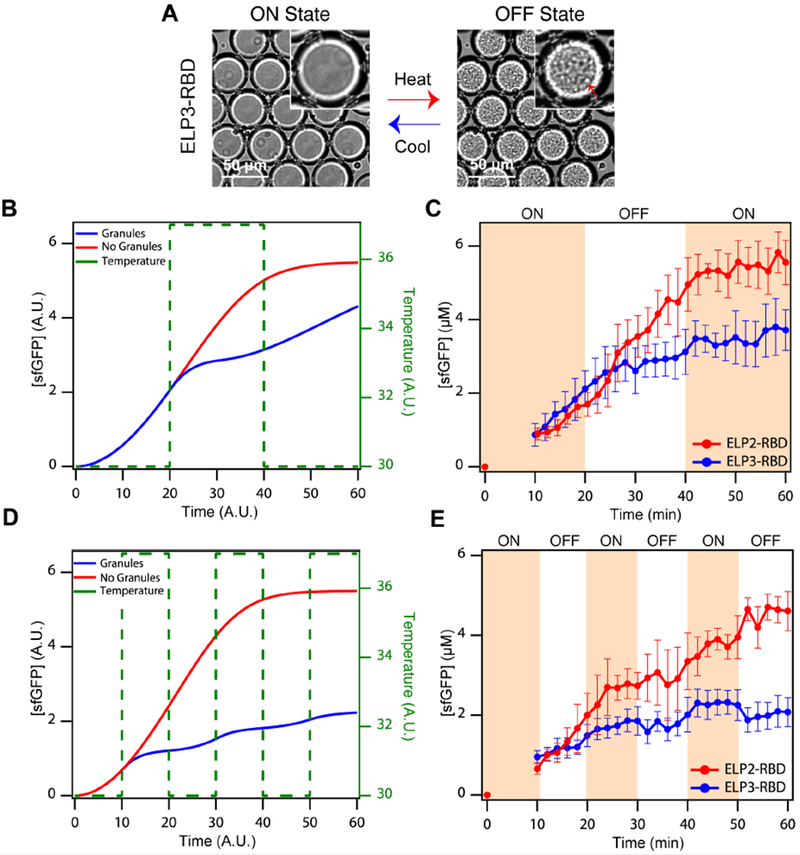Figure 5. On-demand mRNP granule assembly and disassembly temporally inhibits translation.

(A) Brightfield images of droplets containing IVTT components and ELP3-RBD at low and high temperatures. At low temperatures, sfGFP translation is ‘ON’ due to the lack of mRNP granules, while at high temperatures, ELP3-RBD forms mRNP granule condensates and translation is switched ‘OFF’ (red arrow indicates liquid granules). (B) Simulated sfGFP concentrations in the absence (blue) and presence (red) of periodic, temperature-modulated granule formation, following a 67% ON/33% OFF pattern, as indicated by the green dashed line. (C) Experimental demonstration corresponding to (B): red points and lines indicate droplets containing ELP2-RBD (no granule formation); blue points and lines indicate droplets containing ELP3-RBD (exhibiting temperature-responsive granule formation). (D) Simulated sfGFP concentrations in the absence (blue) and presence (red) of periodic, temperature-modulated granule formation, following a 50% ON/50% OFF pattern, as indicated by the green dashed line. (E) Experimental demonstration corresponding to (D). Data are presented in the same manner as in (C). Both simulations and experiments indicate tunable, temporal suppression of translation in droplets containing ELP3-RBD but not in droplets containing ELP2-RBD. The error bars represent the standard deviation (n ≥ 50 droplets). See Supplemental Information for further details on model formation and analysis. Related to Supplementary Table 1, Supplementary Figures 3–5, and Supplementary Movies M8–11.
